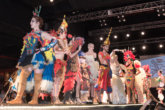January 11, 2019
In an interesting coincidence, the two locations of the Mint Museum in Charlotte opened their doors to the public during a period of almost 75 years that bookended two of America’s most critical financial collapses. The Mint Museum of Art opened on October 22, 1936 in the Eastover neighborhood after suffering three years of construction and financial setbacks amid the Great Depression, and the Mint Museum Uptown on North Tryon Street experienced its own delays before finally opening on October 1, 2010 amid the Great Recession. It’s a curious parallel that exemplifies the spirit of survival displayed by two of the city’s cultural treasures. Ellen Show, the Archivist at the Mint, is struck by the comparison as she shares black-and-white photographs of the open farmland that once surrounded the building in Eastover. “I like to think of The Mint as ‘the museum that could’,” she says. Today both sites are among the premier institutions in the state for visitors to see nationally recognized collections of art and design in a variety of aesthetic mediums, but the story took a few twists first.

The fact that the original Mint building on Randolph Road still exists is a minor miracle, and its saga begins with Charlotte’s relatively unheralded history as the first gold rush town in the United States. In 1799 twelve-year-old Conrad Reed found a 17-pound gold nugget while exploring his family farm in Cabarrus County, and his father John decided to use the fancy rock as a doorstop. When a visiting jeweler told him how much it was worth, it sparked discoveries around Charlotte and the nearby counties and the city became the center of the first gold production region in the country. Several rich local mines appeared, and within a quarter century there were between 75 and 100 gold mines within a 20-mile radius of Charlotte as tunnels spiraled out beneath the uptown streets. In 1835 a federal law was passed authorizing the first three branches of the United States Mint in Georgia, New Orleans, and in Charlotte due to the heavy surrounding production of gold. A Neoclassical building in the Federal style was completed in 1837 next to the U.S. Post Office Building on West Trade Street, between Graham and what would soon become known as Mint Street.
That original building was destroyed by a fire in 1844, and a new one was built in its place the next year. The creation of coinage slowed following the slightly more famous California gold rush in 1849, and the branch itself closed during the Civil War after minting over 5 million dollars in gold half eagles, quarter eagles, and dollars from 1838 to 1861. The Mint was utilized by the Confederate Navy during the conflict and was used as a hospital for a time, but was seized after the war by Federal officials and occupied until 1867. It reopened in 1868 as an assay office, which operated until 1913 when gold production in Charlotte largely ceased. Thomas Edison, who spent several months near the city consumed with mineralogical investigations, spent hours in the old smelting plant of the Mint conducting experiments. The building was used by the Charlotte Women’s Club for meetings and later as a Red Cross station during World War I, but it could not find a devoted tenant and plans were made to destroy it in 1931 during the planned expansion of the neighboring post office.

The history of the Mint could have ended there and it almost certainly would have, if it hadn’t been for a very persuasive and motivated woman named Mary Myers Dwelle. She was the daughter of John Springs Myers, who had helped transform his farmland into the fashionable Myers Park suburb in the early 1900s. She was also the granddaughter of Colonel William Myers, who had donated the original eight acres of hilltop land that became Biddle University (now Johnson C. Smith University) in 1867. Mrs Dwelle was, in short, the descendent of a family that made a habit out of of turning rural property into Charlotte history and she was about to add her own contribution.
In Dwelle’s capacity as Chairman of the art department of the Charlotte Women’s Club she had inspired Leila Mechlin, an art critic for the Washington Star and the Secretary of the American Federation of Arts, to address the plight of the Mint building. Mechlin had suggested afterwards in a speech to the club that building an art museum in Charlotte might qualify as part of the New Deal federal relief programs put into effect by President Roosevelt, meant to offset the ravages and financial disparities of the Great Depression.
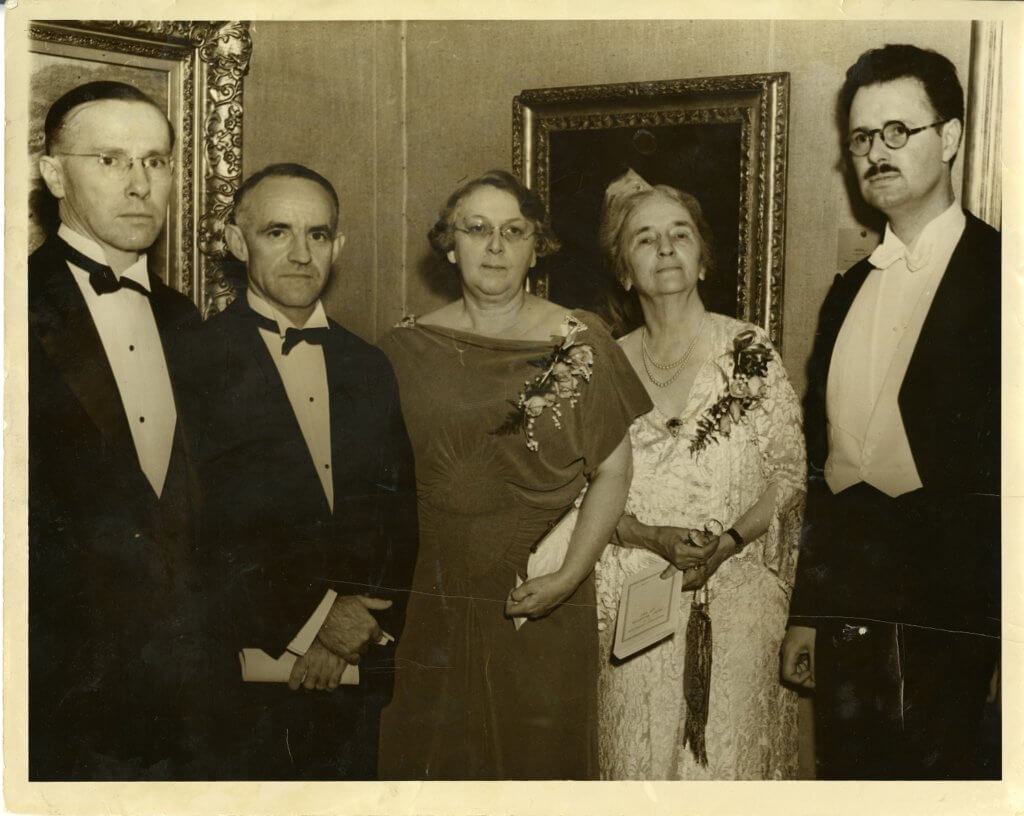
“I think Mrs. Dwelle is the driving force behind the founding of the Mint,” says Show. “Henrietta H. Wilkinson, who wrote a brief history of the museum in 1973, called her the ‘Godmother of the Mint,’ and many of us here do as well because we wouldn’t be here without her efforts.” In 1933, Dwelle mobilized a coalition of private citizens to raise money and acquire the Mint building from the U.S. Treasury Department. The forces she mustered couldn’t stop it from being demolished (which it was in February of that year), but the group did manage to purchase the rubble of the structure for $950. Men paid through the Emergency Relief Administration, the Civil Works Administration, and the Works Progress Administration who had dismantled the Mint then carefully reconstructed it in exact detail in the Eastover neighborhood, on four acres of land known as “Watkin’s Bottoms” donated by developer E.C. Griffith. Architect Martin Boyer, Jr., a vocal opponent of the building’s destruction, had pitched in by providing detailed sketches of the former structure with each stone and beam specifically marked.
After several delays the Mint Museum of Art finally opened to the public in 1936 as the first art museum in North Carolina, almost 100 years after the building itself was first constructed. It recently celebrated its eightieth birthday, and has become a nationally admired and locally revered institution. In 1976 the Mint was designated a Charlotte-Mecklenburg historic site by the Charlotte-Mecklenburg Historic Properties Commission, and it became a Department of the City of Charlotte; it would remain so until it became a private, non-profit corporation in 1992. The museum holds permanent collections of American, European, African, Asian and Ancient American art, American and European ceramics and decorative art, historic costumes and fashion, Contemporary art, and photography. In 1982 voters overwhelmingly approved $3.5 million in bonds for the construction of an expansion to the Mint, which gave the building a new address and a more open entrance on Randolph Road. The painstakingly reconstructed façade of the original Mint building now functions as the rear of the museum. The new and improved Mint continued to showcase local artists and host famous exhibits including the Ramesses the Great exhibition during 1988-1989, which attracted over 600,000 visitors and sparked a lifelong interest in mummies and pharaohs in the imaginations of kids like yours truly.
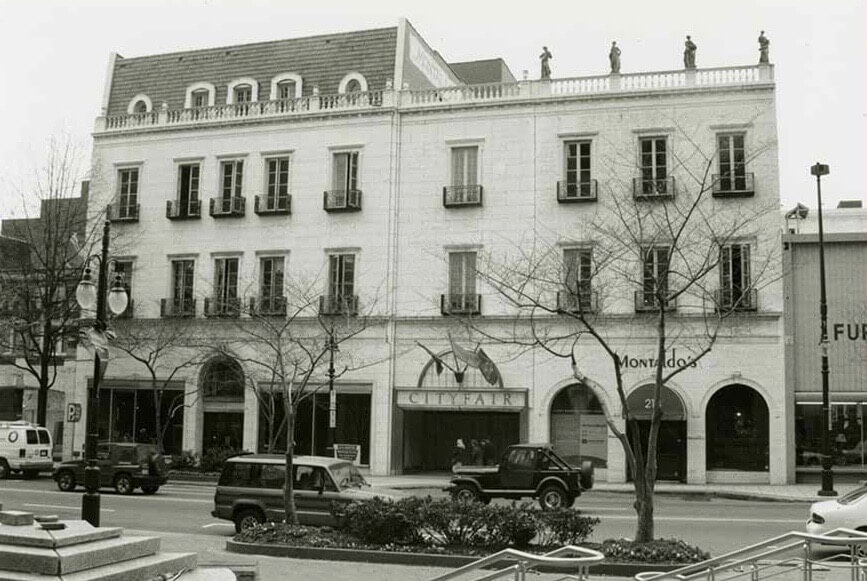
In 1999, the original Mint Museum of Craft + Design opened downtown at 220 North Tryon Street in the renovated Montaldo’s Department Store. In 2010 the craft and design collection, along with the American art and Contemporary art collections from the Randolph location, moved into the brand new five-story 145,000-square-foot facility on South Tryon as part of the Wells Fargo Cultural Campus, which also includes the Bechtler Museum of Modern Art, the Harvey B. Gantt Center for African-American Arts and Culture, the Knight Theater, and the Duke Energy Center.
The story of the Mint Museum’s rise to the top of Charlotte’s cultural and artistic scene is one of evolution and survival, which is personified by the story of the original Mint building and the persistence of determined Charlotteans like Mary Myers Dwelle. Instead of becoming another cautionary tale of this city’s tendency to destroy its history, the Mint has managed to survive and continue that legacy, albeit not in its original location. No one knows what the future holds for the museum as Charlotte continues to grow, but you can bet that it will be around, and it won’t be doing things the easy way to get there.
Read next:
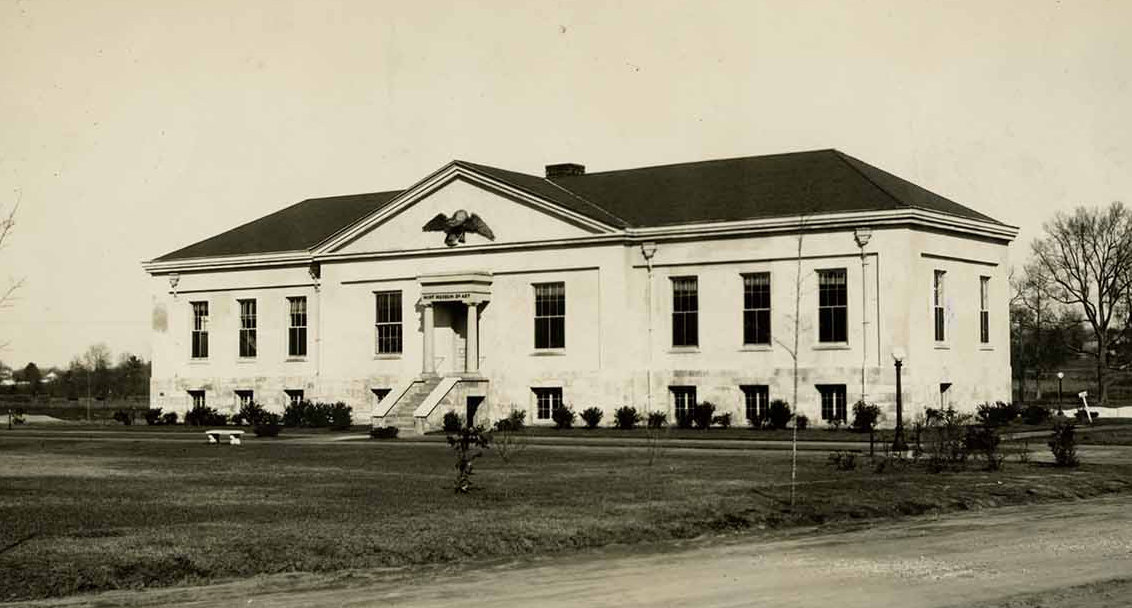
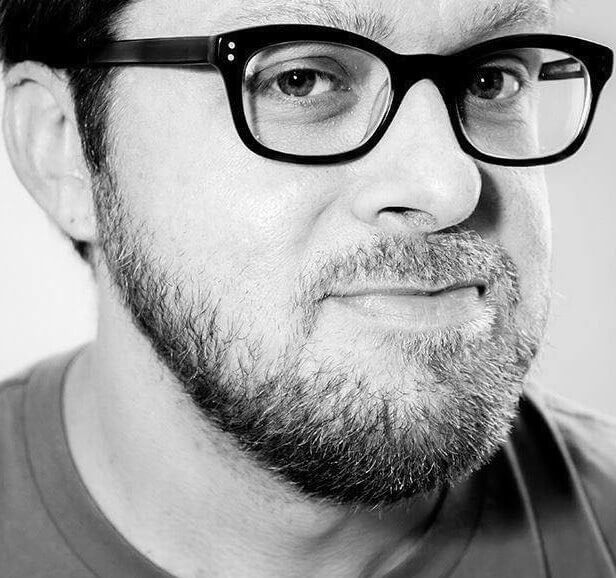 By
By

